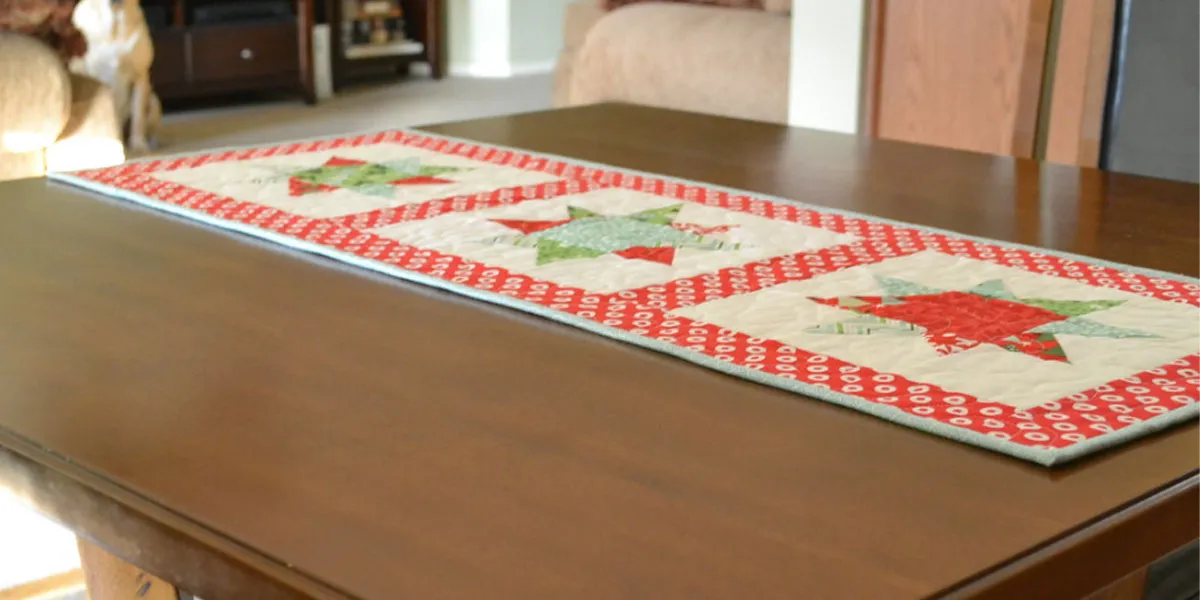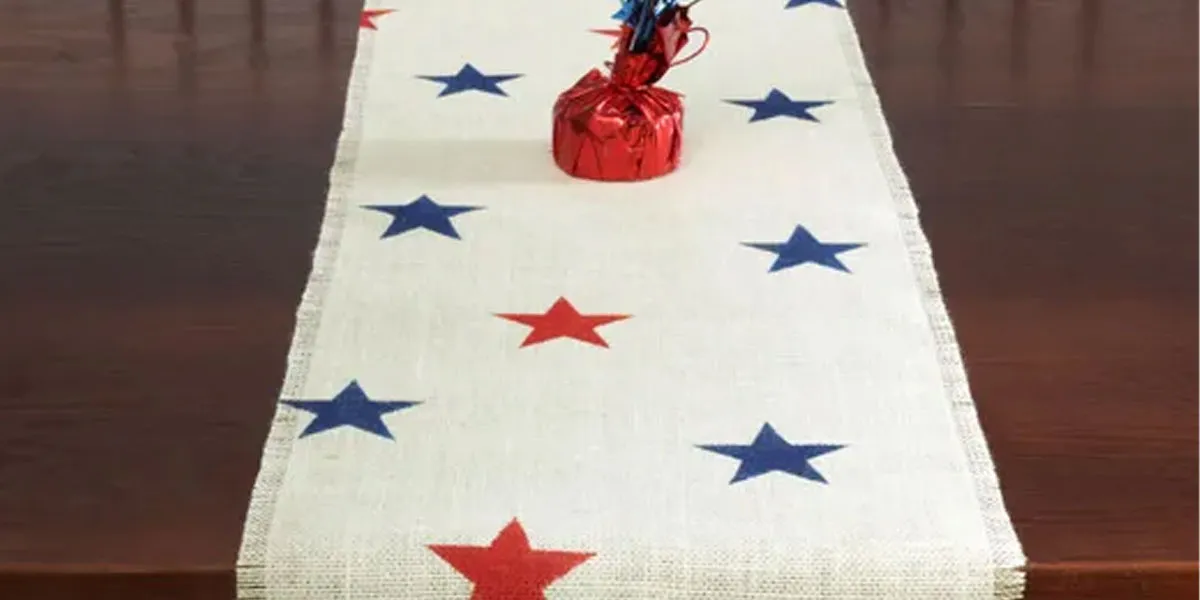Table runners typically range from 10 to 15 inches wide. Their length varies to accommodate different table sizes and preferences.
Selecting the perfect table runner can be pivotal in enhancing the aesthetic of your dining experience.
These decorative, elongated pieces add color, texture, and elegance to any meal setting.
Traditionally placed in the center of a dining table, runners serve as a foundation for tableware and centerpieces, complementing your overall theme and decor.
They are versatile accessories, used either on their own or over a tablecloth, and come in a variety of materials such as linen, cotton, silk, and burlap to match any occasion.
Whether preparing for a festive dinner party or a casual family meal, understanding the standard dimensions of table runners can help you create a welcoming and beautifully coordinated table setting.

Introduction To Table Runners
Table runners are essential for any stylish dining table. They add elegance and function in a simple, yet effective way.
Not just mere strips of fabric, these decorative pieces serve as the backdrop for your tableware and centerpieces.
Beyond aesthetics, runners protect your table’s surface from spills and scratches.
Practical and beautiful, table runners come in various widths, ensuring a fit for every table size.
Role Of Table Runners In Decor
Table runners transform dining spaces with minimal effort. These are the key ways they enhance table decor:
- Runners introduce or complement colors in dining room themes.
- They add depth when layered over tablecloths or placed on bare tables.
- Season-specific designs keep your dining area in tune with the time of year.
- Elegant materials can elevate events, making even simple gatherings feel special.
History And Evolution Of Table Runners
Table runners boast a rich history. Originally for nobility, they indicated a meal was about to commence.
Over time, runners evolved. From medieval to modern iterations, their purpose has shifted and expanded.
Early versions often featured extravagant materials and embroideries, showing wealth and status.
Today’s runners draw from this history, offering both utilitarian and decorative benefits.
| Century | Material | Use |
|---|---|---|
| Medieval | Linen, Silk | Status symbol |
| 18-19th Century | Cotton, Lace | Everyday use |
| Modern Day | Varied | Decor, protection |
Right Size For Your Table

The elegance of your dining setup often hinges on the details, like the size of your table runner.
Selecting an appropriate table runner size is not only a matter of aesthetics but also of practicality.
An ideal-sized table runner accentuates your table’s dimensions, enhances your centerpiece, and frames your place settings perfectly.
Measuring Your Table For A Perfect Fit

Start by measuring the length and width of your table.
Ensure a hang of six to ten inches on each end of the table for the most appealing look.
This overhang is crucial for achieving a sense of balance without having the table runner touch the ground.
To calculate the ideal runner length, add 12 to 20 inches to the table length.
Width-wise, your runner should be approximately one-third the width of your table.
This ensures a proper display of the table’s surface on either side.
| Table Length | Table Width | Runner Length (with overhang) | Runner Width (recommended) |
|---|---|---|---|
| 60 inches | 30 inches | 72 to 80 inches | 10 inches |
| 72 inches | 36 inches | 84 to 92 inches | 12 inches |
Impact Of Table Shape On Runner Size
The shape of your table plays a vital role in choosing the right runner. For rectangular tables, a standard runner works well.
Round tables, however, might look best with a center-round placement or a runner that allows for symmetrical drop.
For oval tables, follow the guidelines for rectangular tables while ensuring the curves are gracefully highlighted.
- Standard runner overhangs even on both ends.
- Circular runner or careful placement to ensure even hang.
- Mimic rectangular guidelines with attention to curves.
Choose a size that complements your table’s shape without overwhelming it. The right runner defines the style and mood of your setting.
FAQs About the Width of Table Runners
How Wide Should Table Runner Be?
A table runner should be approximately one-third the width of your table to ensure proper fit and aesthetic balance.
Can A Table Runner Be Shorter Than The Table?
Yes, a table runner can be shorter than the table, although it traditionally extends along the table length with a slight overhang.
How Far Should A Table Runner Drop?
A table runner should typically drop about 6 to 15 inches on each side of the table.
What Is The Width Wise Table Runner?
A widthwise table runner is a decorative strip of fabric laid across a table’s width, usually to enhance the tabletop’s aesthetics.
Conclusion
Choosing the right size for your table runner is crucial. It can transform your dining space beautifully.
Remember, the width typically ranges from 10 to 15 inches.
As a final tip, consider the occasion and table aesthetics for a perfect fit.
Happy decorating!
Resources:
https://www.ellementry.com/blogs/news/the-history-of-table-runners
https://www.lusini.com/en/category/textiles/table-linens/table-runners/
